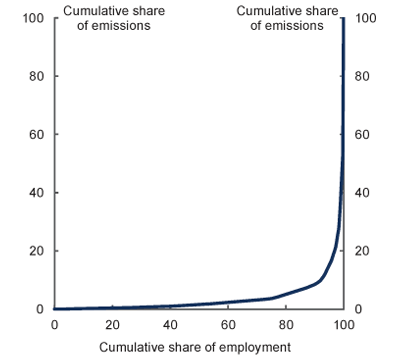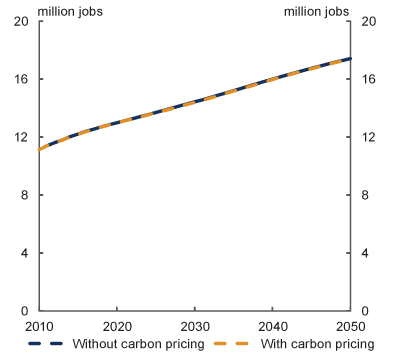By 2020, Australian employment is projected to increase by 1.6 million jobs with or without carbon pricing, but a carbon price will break the link between economic growth and carbon pollution.
With carbon pricing, industries will prosper and our economy will continue to grow strongly. The next generation will have a more secure future.
Pricing carbon will result in a gradual transition of the workforce, from highly emission‑intensive sectors into lower emission‑intensive sectors.
The majority of the economy will be largely unaffected by carbon pricing. Industries employing more than 90 per cent of the workforce account for less than 10 per cent of emissions.
The number of jobs affected will be very small in the context of aggregate employment and labour market flows.
For more than 95 per cent of the economy, pricing carbon produces changes in employment, up or down, of no more than one per cent by 2020.
Some employment activities will grow more slowly, and others will grow more quickly to take their place. New activities and products will flow from the move to a clean energy economy.
A key component of any carbon pricing mechanism will be assistance to protect jobs and competitiveness.
Treasury modelling shows this assistance protects employment in industries like aluminium, cement, chemicals, paper and steel.
Over time, output growth in these sectors slows and other low-emission sectors grow at a faster rate. This structural change in our economy is part of meeting our emission targets at least cost.
Employment largely unaffected by carbon pricing

